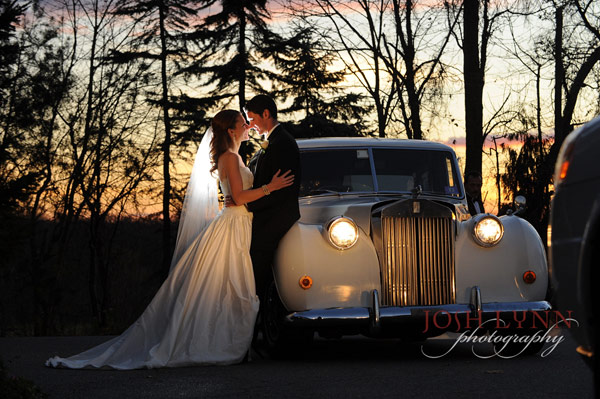The images above are examples of shallow depth of field. The photographer's use of the aperture focuses on the main subject in a close-up and detail manner. The first image above, showing the weed captured by Jonathan Eger, really focuses on the detail and soft colors of the weed or dandelion. The other image of the flower, by Greg Jordan, focuses on the soft colored purple petals, the orange of the pollen, and the blurred background to put even more focus on the main subject.

Large depth of field is taken to make the viewer believe they are actually standing and looking at the scenery of the ocean or the field of hay, which is displayed in the images above. The first image, captured by Ben Weston, is a wonderful example of large depth of field because the sky, the forest, and the path seem to go on with no end. This lets the viewer think they are seeing everything possible in the image. The second image, captured by Simon Mackie, is another example of great depth of field. It allows the viewer's mind to wonder what could be on the other side of the island and past the forest while also showing a great deal of the ocean and land.










